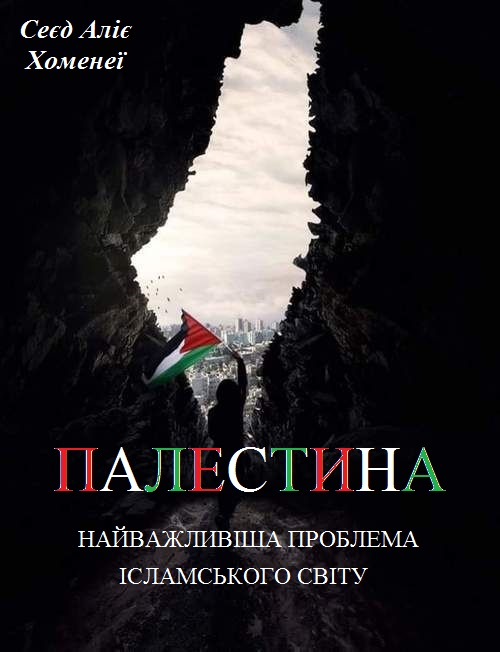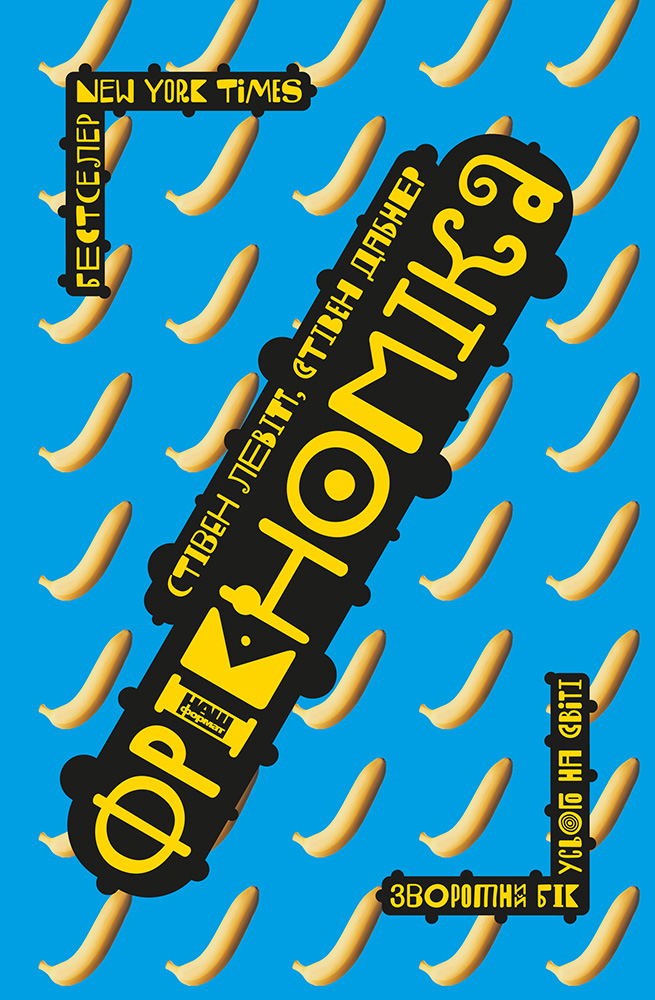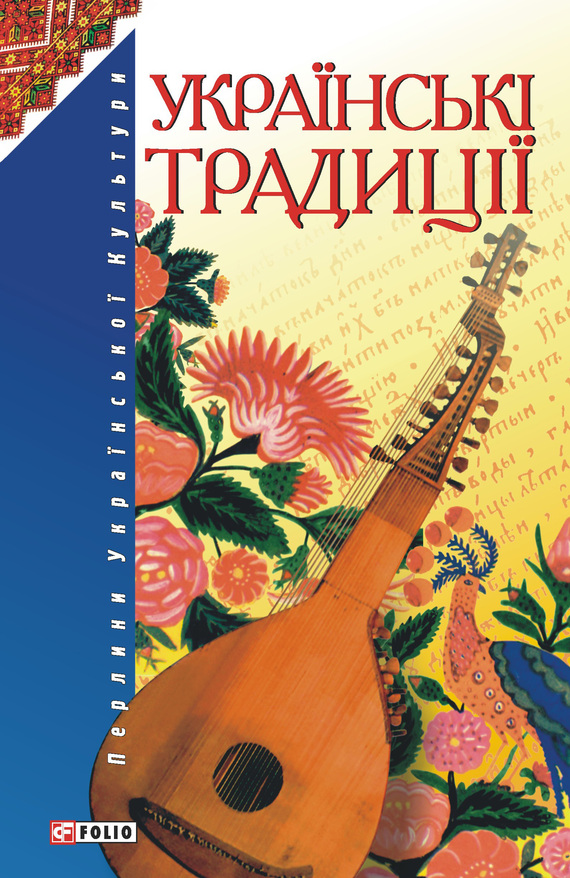Читати книгу - "Genghis Khan and the Making of the Modern World"
Шрифт:
Інтервал:
Добавити в закладку:
In their new effort to be as un-Chinese as possible, the Mongols dropped the traditional evenhanded approach to diverse religion and granted ever more favor and power to Buddhism, particularly to its Tibetan variation, which contrasted most strongly with the Confucian ideals of the Chinese. Unable to criticize their Mongol rulers directly, the Chinese people turned much of their hatred toward the foreigners who helped the Mongols administer their empire. The Tibetan Buddhist monks in particular became the object of hatred, since local people along the newly opened Mongol route to Tibet carried the obligation not merely of feeding, housing, and transporting the monks, but of carrying their goods for them as well. The monks, often armed, acquired a terrible reputation for abusing people who served them. The Bureau of Buddhist and Tibetan Affairs strongly defended the monks at court and imposed a host of special rights for them. At one point the bureau tried to enforce laws that stipulated that anyone who hit a monk would have his hand cut off, or that anyone who insulted or defamed a monk, if convicted, could have his tongue cut out. The Mongol officials eventually overturned these laws as incompatible with Mongol rule, which forbade the use of body mutilation as a punishment.
Increasingly isolated from their subjects and unable to take effective action against the progress of the plague, the Mongol khans of China took refuge in the spirituality of the Tibetan monks, who encouraged them to turn away from the outside world of illusory problems of society and to perform acts that would help their own individual soul. The monks persuaded the Mongol royal family that each deed of freeing a prisoner would gain them spiritual merit for an improved station in their next life, and monks soon turned the process into a thriving business. In one of the bizarre ceremonies, a monk at the court rode through the palace gates on a yellow ox while wearing the gown of the Mongol Empress, and then he released the prisoners the way one might release a cage of birds.
The Tibetan clergy encouraged new forms of religious practice in their Tantric rites that proclaimed the path of enlightenment via sexual acts. This movement not only produced a vigorous display of sexual art, but it also encouraged the royal family to engage in elaborate sexual dances and rituals that centered on the eager participation of the Great Khan himself under the watchful eye of the lamas. The rumors of debauchery and the secrecy of the rituals increased paranoia and distrust among the Chinese, who suspected the Tibetan lamas of practicing human sacrifices at court to prolong the life of the khan and to preserve his faltering regime.
While the Mongol rulers of China concentrated on expressing their spirituality and sexuality, the society out beyond the walls of their Forbidden City in the capital collapsed. In perhaps the most telling symptom, Mongol authorities lost control of the monetary system they had so laboriously and meticulously created. The principles by which the economy utilized paper currency had proven more complex and unpredictable than realized by the officials, and the system gradually spiraled out of control. At the least sign of weakness in the Mongol administration, confidence in the paper currency dropped and caused it to fall in value while pushing up the value of copper and silver. Inflation grew so fiercely that by 1356 the paper currency had effectively become worthless.
In Persia and China, the collapse came quickly—in 1335 and 1368, respectively. The Mongols of the Persian Ilkhanate disappeared, either killed or absorbed into the much larger population of their former subjects. In China, the Great Khan Togoon Tumur and some sixty thousand Mongols managed to escape the Ming rebels, but they left behind approximately four hundred thousand who were captured and killed or absorbed by the Chinese. Those that managed to return to Mongolia resumed their nomadic way of pastoralism, almost as if the entire Chinese episode from 1211 until 1368 had been merely an extended stay at their southern summer camp. The Golden Horde of Russia broke into smaller hordes that declined steadily in power through four long centuries. During such an extended interaction, the Mongols and their Turkic allies amalgamated with each other into several different ethnic groups of Turco-Mongols that maintained a separate identity from one another as well as from the larger Slavic society.
After the overthrow of Mongol rule, the triumphant Ming rulers issued edicts forbidding the Chinese from wearing Mongol dress, giving their children Mongol names, and following other foreign habits. In an effort to revitalize the Chinese principles of government and social life, the Ming rulers systematically rejected many of the Mongol policies and institutions. They expelled the Muslim, Christian, and Jewish traders whom the Mongols had encouraged to settle in China, and in a major blow to the commercial system of the Mongols, Ming authorities abolished the failing paper money entirely and returned to metal. They rejected the Tibetan Lamaist Buddhism that the Mongols had sponsored, and replaced it with traditional Taoist and Confucian thought and traditions. After an abortive effort to revitalize the Mongol trade system,
Увага!
Сайт зберігає кукі вашого браузера. Ви зможете в будь-який момент зробити закладку та продовжити читання книги «Genghis Khan and the Making of the Modern World», після закриття браузера.




